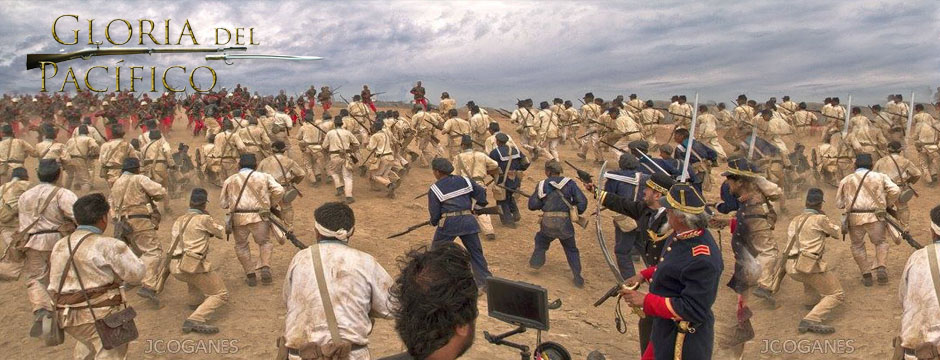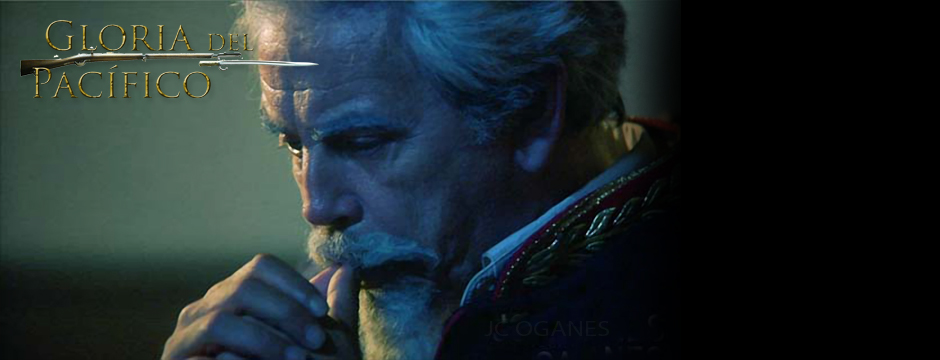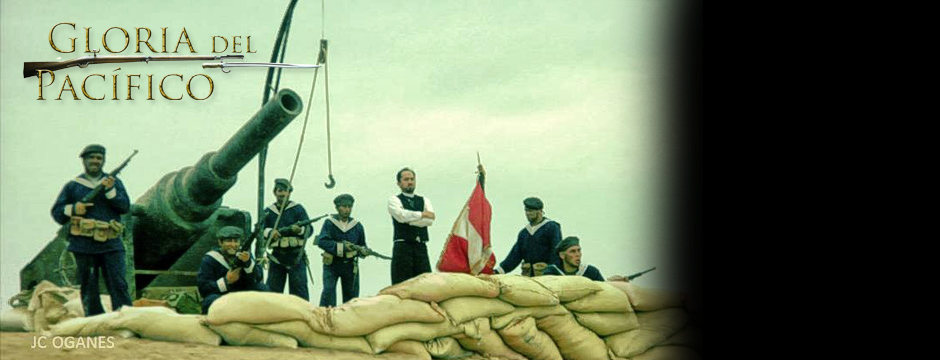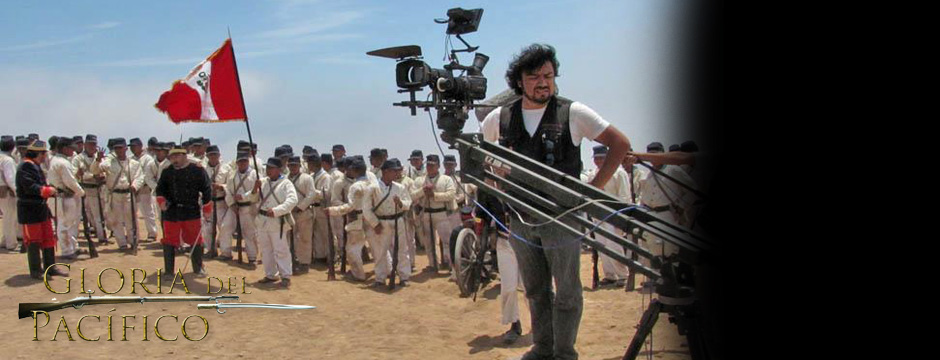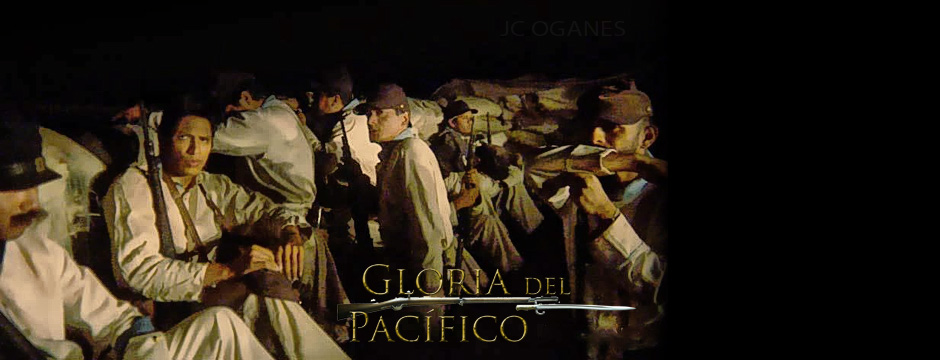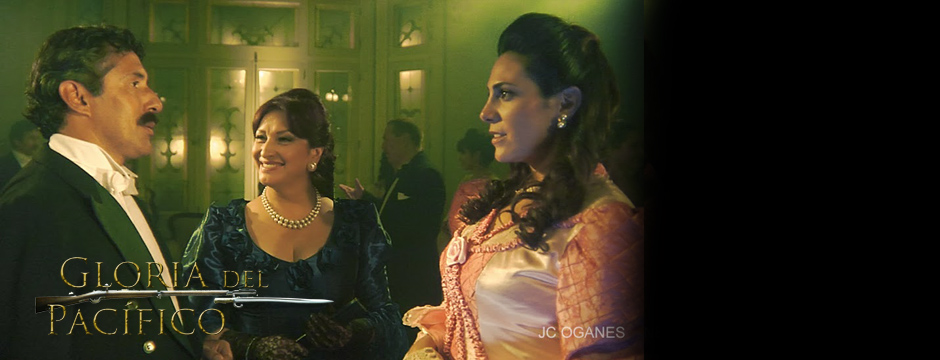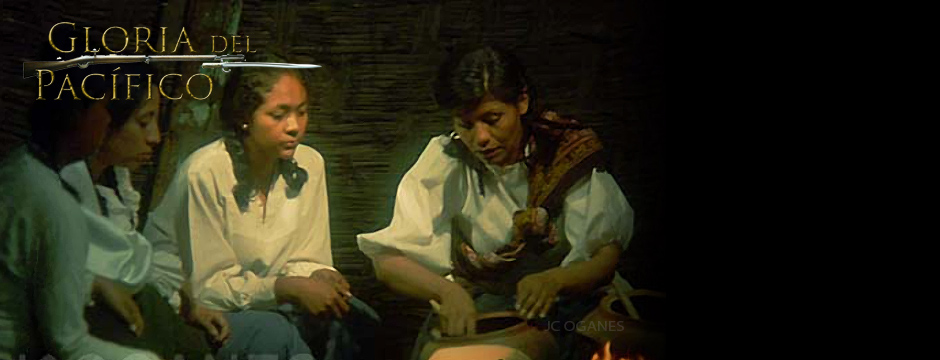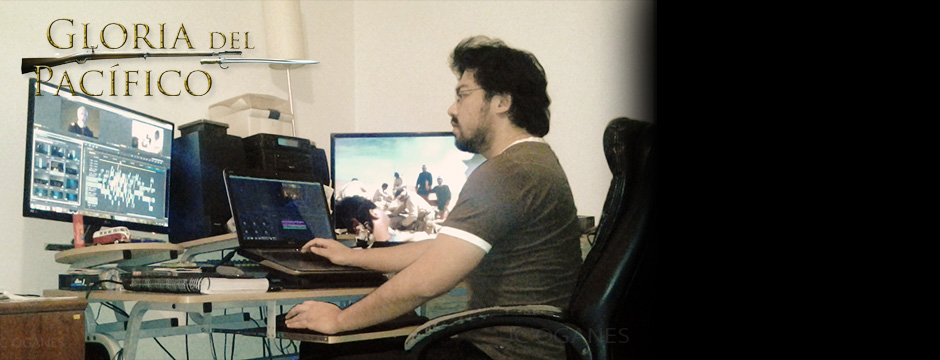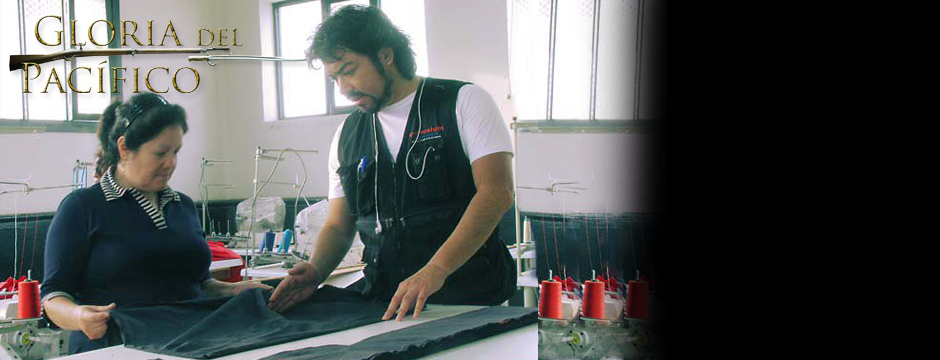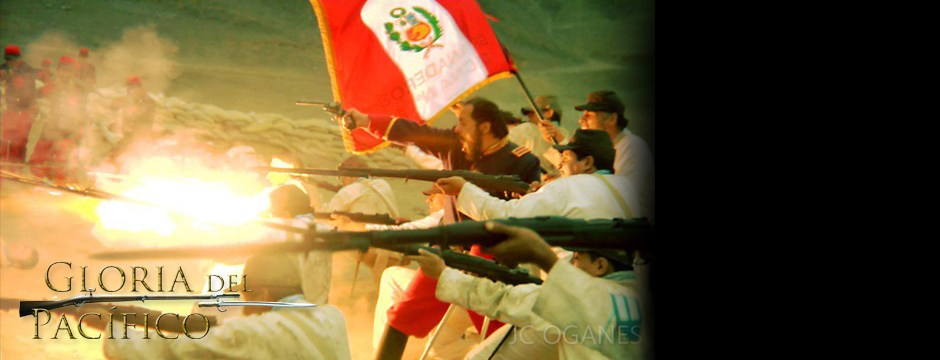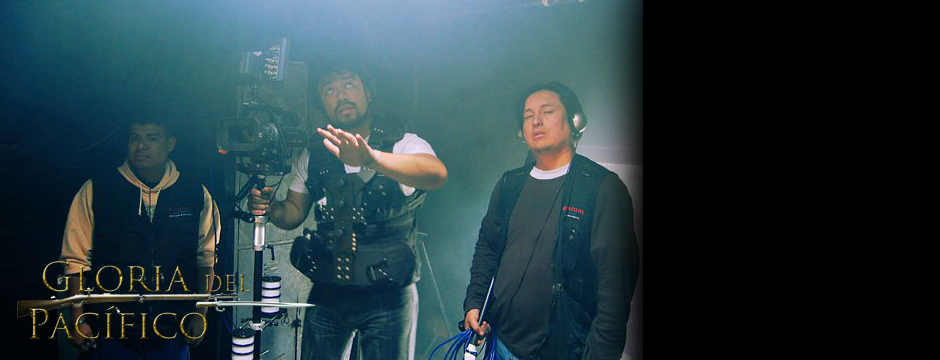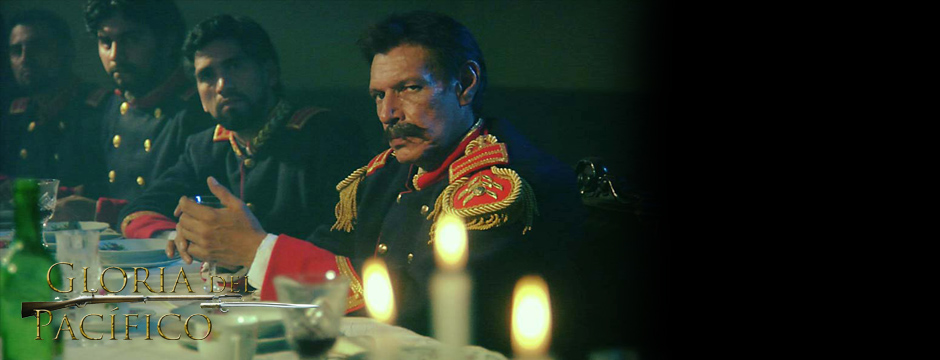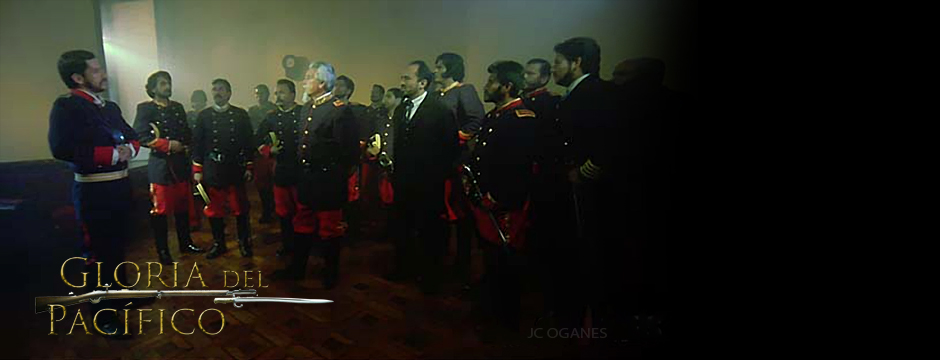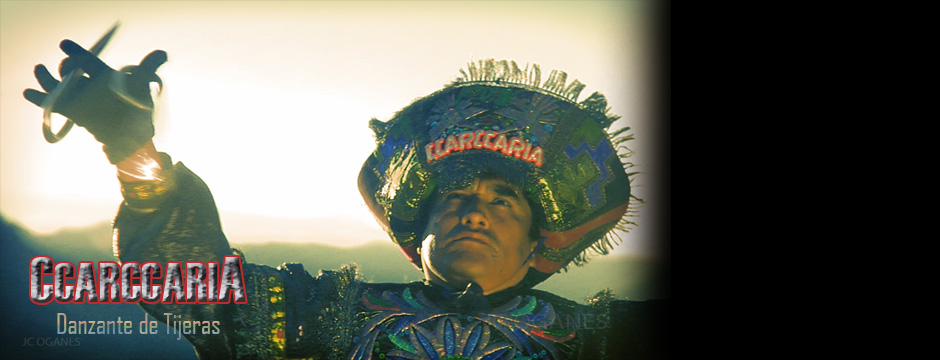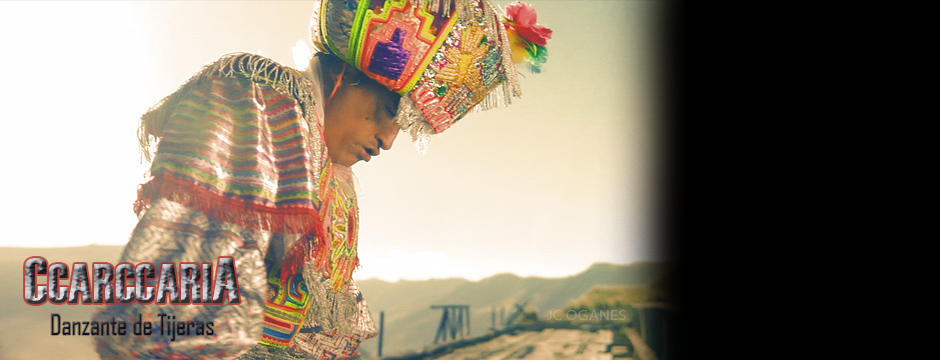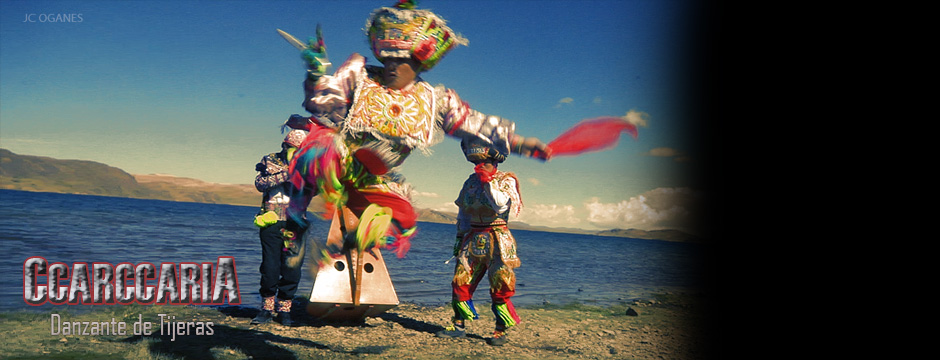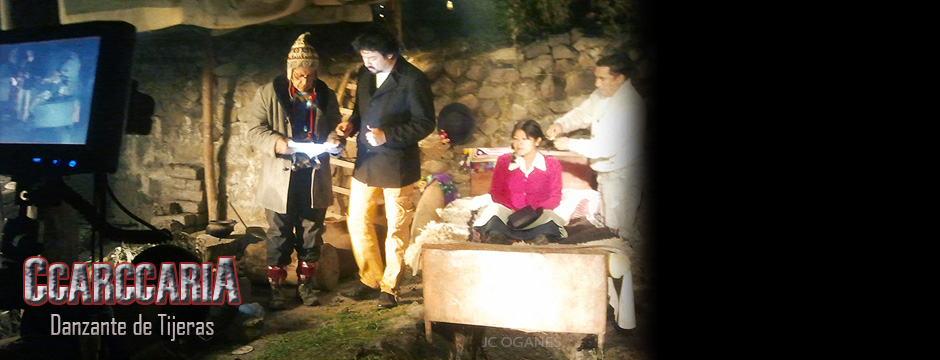After some talks we had the God-sent opportunity to shoot in this amazing turn of the century mansion-house in the heart of Miraflores. What I loved was that all was on-site and at our disposal. Art department tasks and decoration duties were a pleasure knowing that we just could bring things from other rooms in the house to accommodate for a late 19th century dormitory and hall.
The picture frames, the windows, doors, the curtains and rugs, mirrors and beds needed to be placed in one same place to comply with the era. This scenes were of Timotea Vernal and her maid Lucrecia in Paris awaiting news of the war in Peru and also very stressed for a letter she received from Alfonso Ugarte saying practically goodbye. The actors quite delivered well their parts. It was quite a pleasure to work there for two days straight. The house is from early 20th century but still has some architecture that resembles the prior one. According to what the owner says, some rooms have some paranormal activity for many family members have passed away in them as the house has passed from generation to generation.
Reminded me of other locations we have shot in that showed some of that activity (at least to some of the crew): the Casona de San Marcos, the Morro Solar, the Alto del Alianza site and Barbones army fort. I recall a prior film I was in back in 2001 in the highlands: the scenes were to be shot at night. It was below freezing point and many accidents started to happen: one of the crew made the silly mistake of handling metal light stands without gloves and got "glued" to it; the power generator started to fail even when it was full of gas; an actress began to feel extreme cold and entering hypothermia; another crew member dropped the very important video field monitor and destroyed it in pieces, rendering everything useless for the moment and having to go back to the city to regroup, only to learn that there was an ancient Inca site nearby. The prior year 2000, I did a documentary about shamanism and psychics so some things were learned about energy and paying tribute to the mother land. So that's what we did the very next day to ask for "permission" to the spirits in the area. That night....all was perfect. So, having that in mind, at the Morro Solar, when some crew members started seeing "things" up there and all was simply going wrong after wrong, I stepped into the desert near the abyss, waited until my eyes could see in the dark and get a glimpse of the ocean below and all surroundings and "talked" with the spirits around. Spirits I'm sure of the brave soldiers that fought up there and explained this film is being done with all the respect it deserves, that it is for them and about them. Those two months we were up there weren't exempt from stressful situations but above all things went well. The same thing was done in this beautiful old house. I'm sure, the spirits of the prior owners find it quite uneasy to see many strangers getting things in and out of their former house like if they weren't there (so to speak if you know what I mean), so I also asked for permission and explained the facts of the film. Things went well thank God.
Also, being in the heart of the city and just near busy avenues, the traffic and car noises were strong in the halls scenes. The windows faced directly into a main street and had to be careful not to film buses pass behind the thin curtains. Hope I don;t have to do digital touch-ups or rotoscopy to fix it. Audio dialogue overdubs and replacements are in order when I edit these parts, though. There was no other way to avoid it.
But the scenes.....beautiful. I'm quite happy with the results.
 |
| Timotea Vernal in Paris receiving news from Peru. |
 |
| Edmundo, Lucrecia and Timotea in Paris. |
 |
| Moustache touch-ups. In front: Lucrecia -Timoteas personal maid. |
 |
| Timotea Vernal for "Gloria del Pacifico" :) |
 |
| Light: The food of all cameras. |
 |
| The set. Love the results! |
 |
| Guiding the mood. |
 |
| Break time and script rehearsal. |
 |
| Preparing the 19th century hair-do. |
 |
| Even though there was no household electric power back in 1880 yet, I turned on the lights above to fill in the hall a bit. We lost four lights and needed to find a way to light things up a bit. Made sure not to point the camera much to the ceiling though. |
 |
| Director's viewfinder: a nice little toy that helps. Hate to carry around the heavy camera and jib only to find that i rather place it a bit further right or left. |
 |
| The dresses look just right. |
 |
| Explaining intentions to the actresses. |
 |
| Beautiful set. |
 |
| More angle-looking activities. |
 |
| Discussing lighting placement. |
 |
| The script go-thru with the actresses. |
 |
| Having theater experience, this is Carlos' first film. Glad to have him on board. |
 |
| Careful intention-seeking guidelines. |
 |
| Timotea Vernal and Lucrecia in her dormitory. |



















